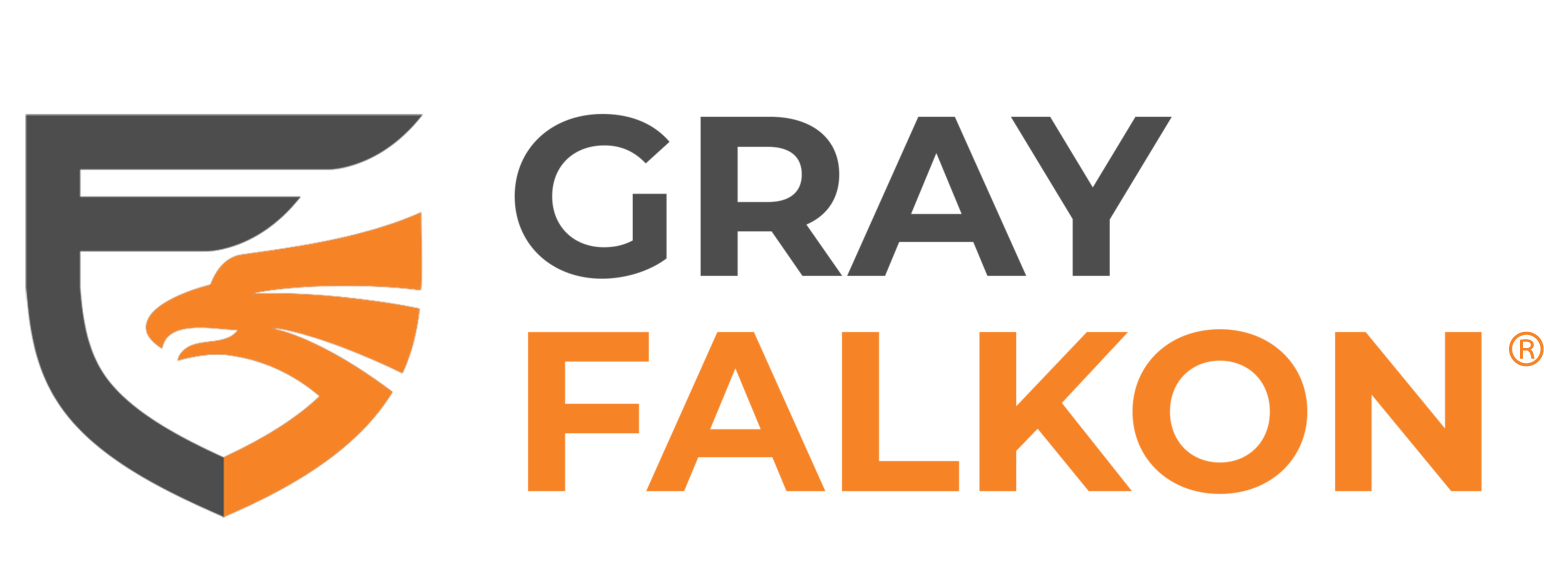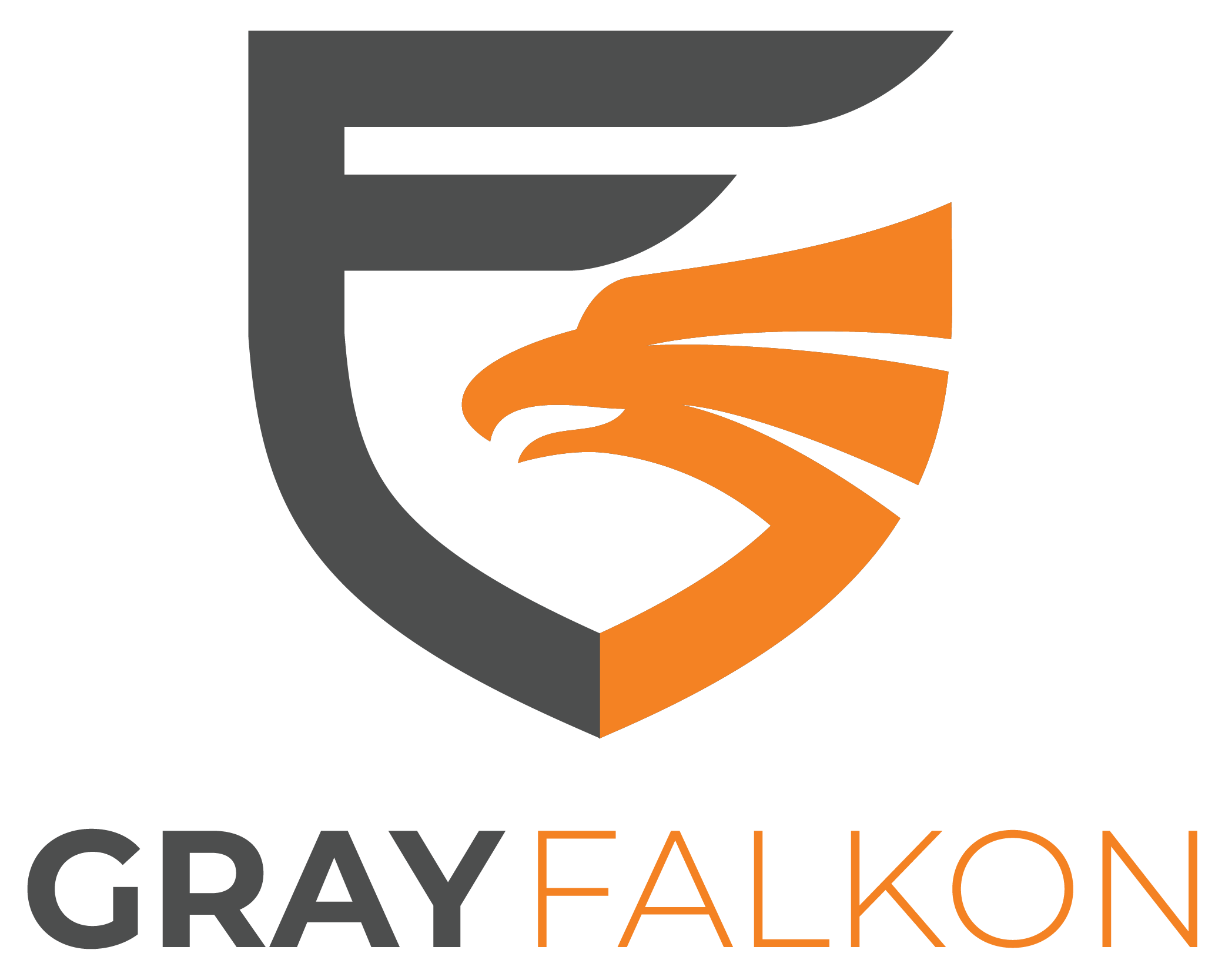
Amazon has long been synonymous with convenience, vast product selection, and competitive pricing. Now, with the launch of Amazon Haul, the retail giant is venturing deeper into the realm of ultra-affordable shopping. This new initiative, which features a curated selection of products priced at $20 or less, is designed to cater to budget-conscious consumers who prioritize value over brand names. From fashion and home goods to lifestyle and electronics, Amazon Haul offers a range of low-cost items that come with the reassurance of Amazon’s A-to-Z guarantee.
As Amazon Haul enters the eCommerce landscape, it creates a unique opportunity, and challenge, for brands and sellers. With its direct-from-manufacturer model and extended delivery times, Amazon Haul invites comparisons to platforms like Temu and Wish, which have built their reputations on affordability. But what sets Amazon Haul apart, and how does it fit within Amazon’s broader strategy?
What is Amazon Haul?
Amazon Haul is the retail giant’s latest foray into budget-focused eCommerce, offering consumers an affordable way to shop for everyday items. Launched in beta for U.S. customers, the platform caters to a growing audience of cost-conscious shoppers seeking value without sacrificing convenience.
Key Features of Amazon Haul
Ultra-Low Prices: Amazon Haul features a wide range of products priced at $20 or less, with many items under $10 and some as low as $1. This pricing strategy positions it as a competitive alternative to platforms like Temu and Wish.
Curated Categories: The platform spans multiple categories, including fashion, home goods, lifestyle, and electronics, ensuring a broad appeal to diverse consumer needs.
Separate Shopping Experience: Unlike traditional Amazon purchases, Amazon Haul has its own distinct search, cart, and checkout system, creating a streamlined experience for those seeking low-cost items.
Amazon’s A-to-Z Guarantee: All products sold through Amazon Haul are backed by the same consumer protection policies as other Amazon purchases, giving shoppers peace of mind.
Amazon Haul Beta Launch
Currently available in beta, Amazon Haul reflects Amazon’s effort to capture a growing market of price-sensitive consumers. By focusing on affordability and simplicity, the platform appeals to shoppers who prioritize low prices over brand names. While still in its early stages, Amazon Haul has already garnered attention as a significant addition to Amazon’s eCommerce ecosystem.
With its ultra-affordable pricing and unique shopping experience, Amazon Haul sets itself apart from Amazon’s main platform while expanding its reach into the budget retail market.
How Amazon Haul Operates
Amazon Haul is built on a simplified marketplace model designed to offer consumers maximum value while keeping costs low. By leveraging direct-from-manufacturer sourcing and Amazon’s robust infrastructure, the platform ensures affordability and accessibility for budget-conscious shoppers.
Direct-to-Consumer Sourcing
A key component of Amazon Haul’s operation is its reliance on manufacturers, primarily based in China, to supply products directly to customers. This streamlined supply chain eliminates intermediaries, allowing Amazon to offer products at prices as low as $1. While this approach keeps costs down, it also introduces longer delivery times, with shipping often taking one to two weeks. For shoppers seeking significant savings, this tradeoff is offset by the low prices and additional discounts for larger orders.
Unique Shopping and Checkout Process
Unlike the traditional Amazon shopping experience, Amazon Haul operates as a distinct feature within the Amazon app. It has its own search functionality, cart, and checkout process. This separation simplifies the experience for shoppers focused on affordable finds while maintaining the convenience of shopping on Amazon’s established platform.
Value-Driven Pricing and Discounts
Amazon Haul’s pricing structure is designed to appeal to budget-conscious consumers:
- All items are priced at $20 or less, with many under $10.
- Discounts encourage bulk purchases, offering 5% off orders of $50 or more and 10% off orders of $75 or more. These savings create a compelling value proposition, especially for consumers looking to stock up on essentials without breaking the bank.
Challenges for Brands and Sellers
Amazon Haul is not a marketplace designed to nurture brands or enhance their growth. Instead, it is a platform focused on moving low-cost, unbranded goods quickly and efficiently. For most brands, participating in Amazon Haul conflicts with their goals of maintaining quality, fostering customer loyalty, and building a premium image. While the platform may offer opportunities for certain manufacturers, it’s far from a one-size-fits-all solution.
Limited Participation for Non-Manufacturers
Amazon Haul’s direct-from-manufacturer sourcing model inherently excludes many businesses. Only manufacturers with the capability to ship directly to customers can participate. Brands that rely on intermediaries, distributors, or traditional supply chains are effectively locked out. This exclusivity narrows the platform’s appeal and ensures that Amazon Haul remains a space for low-cost, generic goods rather than a marketplace for diverse or established brands.
Misalignment with Brand Values
For brands that could qualify, the platform’s focus on affordability over quality creates a fundamental misalignment. Amazon Haul caters to consumers looking for the lowest prices, often at the expense of brand recognition or product differentiation. Participating in this space risks undermining a brand’s carefully cultivated reputation by associating it with cheap, unbranded goods.
Established brands aiming to grow their market presence or maintain premium positioning may find Amazon Haul more of a liability than an opportunity. The platform’s design prioritizes volume and cost-cutting over value, making it a poor fit for businesses that emphasize customer trust, innovation, or high-quality offerings.
Pricing Pressure and Profitability Concerns
The ultra-affordable nature of Amazon Haul forces participants to compete on price above all else. With most items priced under $20, and many under $10, brands must drastically reduce margins to remain competitive. This model isn’t sustainable for most businesses, especially those that have invested in quality production and branding. Even for manufacturers accustomed to lean margins, the race to the bottom that defines Amazon Haul can make long-term profitability elusive.
The Perception of Low Quality
Amazon Haul’s emphasis on affordability and extended delivery times creates a perception of low-quality goods. For brands accustomed to offering premium products or exceptional customer experiences, this association can damage their reputation beyond the platform. Once customers equate a brand with subpar quality or delayed service, rebuilding trust in other sales channels becomes a significant challenge.
Lack of Brand Recognition and Control
Amazon Haul’s ecosystem isn’t designed for brand building. With unbranded and generic products dominating the platform, even qualified brands may struggle to differentiate themselves. The lack of emphasis on branding makes it difficult for businesses to establish a presence or communicate their value proposition effectively. For many, this loss of control over their marketplace presence outweighs any potential benefits of participating.
A Platform Designed for Volume, Not Growth
Ultimately, Amazon Haul is engineered to move cheap goods at scale, not to help brands grow or thrive. It’s a platform designed for transaction efficiency, where volume matters more than relationships, and cost eclipses quality. For most brands, especially those with established identities or ambitions for growth, participating in Amazon Haul presents more risks than rewards.
By understanding the limitations and trade-offs of Amazon Haul, brands can make informed decisions about their participation. For the majority of businesses, aligning with platforms that prioritize brand integrity, customer trust, and long-term growth will be a better strategy than navigating the price wars and reputational risks of Amazon Haul.
Amazon Haul’s Role in the eCommerce Landscape
Amazon Haul represents a calculated move by Amazon to capture the growing demand for ultra-affordable shopping experiences. In a market increasingly defined by platforms like Temu, Shein, and Wish, Amazon Haul seeks to carve out its own niche by leveraging Amazon’s massive customer base and logistical infrastructure. While the platform’s focus on low-cost goods serves a specific consumer segment, its broader implications for the eCommerce landscape are worth examining.
Meeting the Demand for Affordable Shopping
Amazon Haul taps into a growing demographic of consumers who prioritize affordability over brand loyalty. By offering products priced at $20 or less, Amazon directly competes with platforms that specialize in budget-conscious shopping. The addition of discounts for bulk purchases further solidifies its appeal to shoppers looking to maximize value.
This strategic shift signals Amazon’s recognition of the expanding market for ultra-budget goods. As inflation and economic uncertainty drive more consumers toward cost-saving solutions, platforms like Amazon Haul become increasingly relevant.
Impact on Competitors and Sellers
Amazon Haul’s entry into this segment intensifies competition with established players like Temu and Wish. While those platforms rely heavily on gamification and aggressive marketing tactics, Amazon leverages its existing ecosystem, including Prime memberships, to attract consumers. This integration provides a level of convenience and trust that many competitors lack.
However, the platform’s operational model also introduces challenges for sellers. By prioritizing unbranded goods and direct-to-consumer sourcing, Amazon Haul marginalizes traditional sellers and established brands. This approach reinforces its position as a platform for cheap, disposable products rather than a space for diverse or premium offerings.
Shaping eCommerce Trends
Amazon Haul underscores a broader trend in eCommerce: the rise of niche platforms targeting specific consumer needs. Ultra-affordable marketplaces are reshaping how businesses approach pricing, product differentiation, and market segmentation. For brands, this evolution emphasizes the importance of adapting to emerging trends without compromising their identity.
At the same time, Amazon Haul’s model raises questions about sustainability and long-term consumer trust. The focus on affordability often comes at the expense of quality, creating challenges for both buyers and sellers in terms of product satisfaction and retention.
By establishing Amazon Haul, Amazon demonstrates its ability to pivot and adapt to new market demands. However, its impact on the eCommerce landscape extends beyond affordability, it challenges brands to reassess their strategies and underscores the importance of staying ahead in an ever-changing marketplace.
Gray Falkon’s Perspective on Amazon Haul
At Gray Falkon, our AI-driven brand protection solutions are designed to safeguard brands across Amazon and other major eCommerce marketplaces. However, Amazon Haul caters to a different segment of sellers and buyers, one where brand protection is not a primary focus.
Amazon Haul’s emphasis on unbranded, ultra-affordable goods makes it less relevant for established brands and authorized sellers concerned with maintaining control over intellectual property, pricing, quality control, and reputation. As such, there is currently little demand for specialized brand protection solutions tailored to Amazon Haul.
That said, Amazon Haul is still a new platform, and its role within the broader Amazon ecosystem is evolving. If it grows to become a significant part of the marketplace for brands and authorized sellers, Gray Falkon will evaluate the need for integration. For now, our focus remains on delivering robust protection and support on Amazon’s primary marketplace and other key eCommerce marketplaces where brands face the greatest challenges.
The Evolution of Budget Shopping
Amazon Haul represents a bold move by Amazon to capture the growing demand for ultra-affordable shopping. By focusing on unbranded, low-cost goods, it carves out a niche for budget-conscious consumers seeking value over quality or brand loyalty. However, this platform’s design, centered on moving cheap goods efficiently, makes it less relevant for most established brands and authorized sellers.
For businesses invested in brand reputation, customer trust, and premium pricing, Amazon Haul’s model presents more risks than rewards. Its focus on affordability often comes at the expense of quality and branding, making it a better fit for manufacturers than for brands looking to grow or maintain their market position.
At Gray Falkon, we remain committed to providing AI-driven brand protection across Amazon’s primary marketplace and other major eCommerce platforms. While Amazon Haul currently caters to a different audience, we will continue to monitor its evolution. If it becomes a critical part of the Amazon ecosystem for brands and authorized sellers, we are prepared to adapt and deliver solutions that meet the needs of our clients.
For now, the broader trends of budget-focused marketplaces like Amazon Haul remind us of the importance of staying informed and proactive in the ever-changing world of eCommerce.



